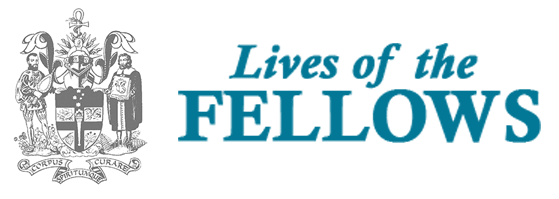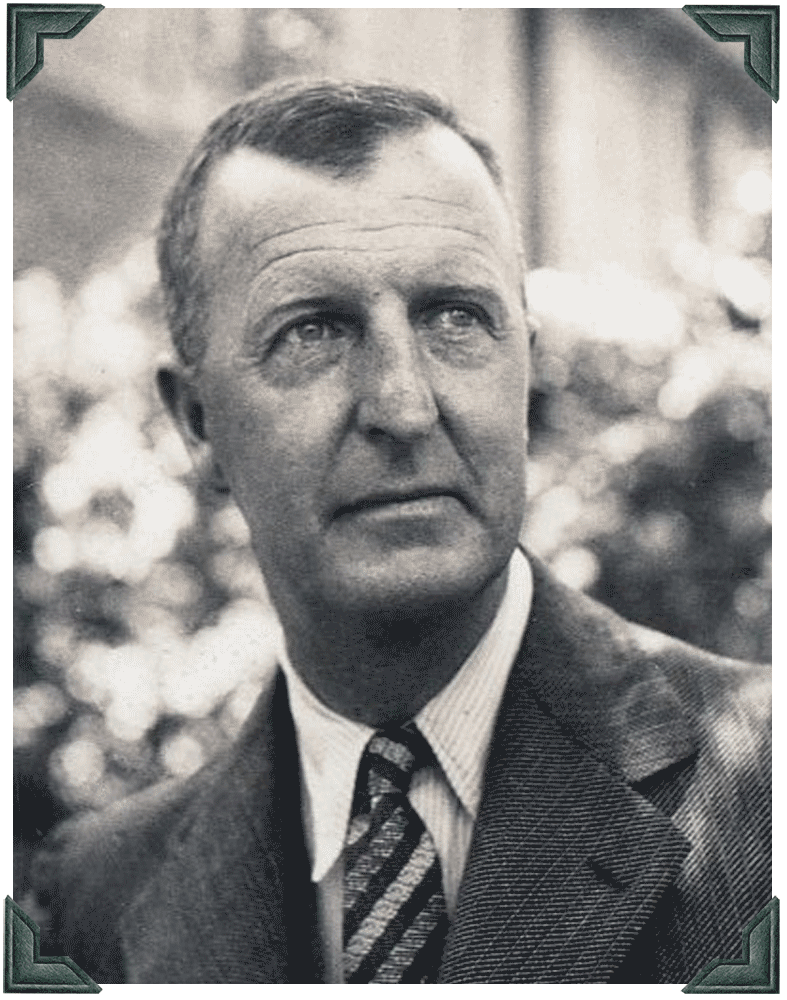Name: Gilbert Reynolds Troup
Qualifications:
MBBS Melbourne University (1922)
Date of Birth: 4 February 1896
Date of Death: 14 August 1962
Gilbert Reynolds Troup, born in Christchurch, New Zealand, served dual roles during his career. He was a passionate anaesthetist and physician, travelling and working around the world to expand his knowledge in both fields. This dualism is also apparent in his honours and awards. Troup was elected as Fellow into both the Royal College of Physicians in England and Australia and into the Faculty of Anaesthetists, again in both England and Australia. His contributions to the understanding of anaesthetics have left a significant legacy. In his honour, awards are presented each year in his name to a medical student at the University of Western Australia and to outstanding work by a specialist registrar.
Can you add any details to this biography?
If so, complete the Contributor Form.
Gilbert Reynolds Troup was born in Christchurch New Zealand on February 4, 1896.[i] Soon after, his family relocated to Melbourne where from 1910 he attended Melbourne Grammar School.[ii] Originally, Troup studied accountancy and tea planting in Ceylon, Sri Lanka. His attentions, however, quickly turned to medicine completing his MBBS – Bachelor of Medicine, Bachelor of Surgery – at Melbourne University in 1922.[iii] During his time as a student, Troup joined the Medical Students’ Society at the University and was eventually elected their President.
After graduating, Troup worked at the Royal Perth Hospital as a resident medical officer.[iv] After his one year placement, he entered into private practice in the metropolitan suburb of Subiaco, Perth.[v] His work at the Royal Perth Hospital also led to an appointment in the role of junior honorary physician. Troup balanced these two appointments until the 1930s.[vi]
In 1930, Troup travelled to England and received membership to the Royal College of Physicians (MRCP).[vii] During his time overseas, he studied under Ivan Magill in England and travelled to the Mayo Clinic in the United States to learn under JS Lundy.[viii] Troup was responsible for introducing many of these overseas teachings into Australian practice. For example, Troup introduced the importance of cyclopropane to Australia after learning its significance at the Mayo Clinic.
On return from his travels in 1935 until the 1950s, Troup divided his time between anaesthetics and working as a physician.
His roles included honorary director of anaesthesia at the Royal Perth Hospital, honorary consultant anaesthetist at the Princess Margaret Hospital for children, honorary anaesthetist to the tuberculosis branch of the Public Health Department of Western Australia, senior anaesthetist to the Repatriation General Hospital, Hollywood and continued work with the Royal Perth Hospital as honorary inpatient physician. He was also able to publish his work on ‘Anaesthesia in America’ in the Medical Journal of Australia in 1935.[ix] Troup served in World War II first with Western Command and then with the medical division of the 2/12 Australian General Hospital from 1941 until 1945.[x]
His hard work and dedication to both lines of work (anaesthetist and physician) are reflected in his list of awards and honours. In 1938, Troup was elected a Fellow of the Royal Australasian College of Physicians.[xi] Twelve years later in 1950, he was awarded Fellowship of the Faculty of Anaesthetists of the Royal College of Surgeons, England.[xii] In 1952, Troup was elected a foundation Fellow of the Faculty of Anaesthetists, Royal Australasian College of Surgeons.[xiii] Troup continued to be affiliated with the Australian Society of Anaesthetists from 1935, serving as their president in 1938.[xiv] He was also affiliated with the Royal Australasian College of Physicians serving as Secretary then Chairman from 1938 to 1951.[xv] Troup’s impressive achievements and dedication to both his work as a physician and as an anaesthetist have been memorialized through two awards in his name for medical students at the University of Western Australia and for outstanding work as a specialist registrar.
REFERENCES
[i] Australian Military Forces, ‘Attestation Form For Special Forces Raised for Service in Australia or Abroad; Troup, Gilbert Reynolds’, National Archives of Australia: Canberra, 1941, Series No. B883: WX11140.
[ii] Gilbert Reynolds Troup, ‘Australian Society of Anaesthetists. Personal Information (1951)’, Form, 1951; Gilbert Reynolds Troup, ‘Exordium’, Form, 1952, Geoffrey Kaye Museum of Anaesthetic History: VKGM 6903.33.
[iii] Ibid.[iv] Troup, ‘Australian Society of Anaesthetists. Personal Information (1951)’.[v] Ibid.[vi] Ibid.[vii] Ibid.; Geoffrey Kaye, ‘As I Remember it 1927-1957’, Manuscript, Geoffrey Kaye Museum of Anaesthetic History: VKGM 6905, p. 51.[viii] Ibid.[ix] Gilbert Troup, ‘Anaesthesia in America’, The Medical Journal of Australia, December 21, 1935, p. 857-864.[x] Australian Military Forces, ‘Attestation Form For Special Forces Raised for Service in Australia or Abroad; Troup, Gilbert Reynolds’.[xi] Troup, ‘Australian Society of Anaesthetists. Personal Information (1951)’.[xii] Ibid.[xiii] Troup, ‘Exordium’.[xiv] Australian Society of Anaesthetists, ‘ASA Presidents’, 2015, Online: https://www.asa.org.au/ASA/About_us/History_of_the_Society/Past_Presidents/Past_Presidents.aspx.[xv] Troup, ‘Australian Society of Anaesthetists. Personal Information (1951)’.
IMAGES
- ‘Gilbert Troup’, Geoffrey Kaye Museum of Anaesthetic History, Portraits 1 /2, BK 3, B5.S2.
- Gilbert Reynolds Troup, ‘Exordium’, Form, 1952, Geoffrey Kaye Museum of Anaesthetic History: VKGM 6903.33.


